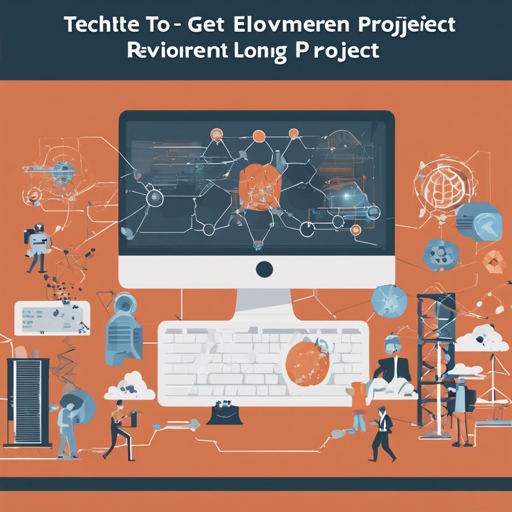If you are venturing into the realm of reinforcement learning (RL) or looking for a comprehensive environment to develop your RL algorithms, the RLLTE project might just be the perfect toolkit for you. Inspired by the long-term evolution (LTE) concept from telecommunications, RLLTE provides state-of-the-art components for research and application development in RL.
Overview
The RLLTE project focuses on delivering advanced algorithms along with a complete ecosystem for task design, model training, evaluation, and deployment. It encourages an optimized workflow, modular designs, and supports multiple computing platforms (GPU and NPU).
Quick Start
This section will take you through the initial steps to set up the RLLTE environment.
Installation
- Using pip (recommended):
conda create -n rllte python=3.8 # create a virtual environment pip install rllte-core # basic installation pip install rllte-core[envs] # for pre-defined environments - Using git:
git clone https://github.com/RLE-Foundation/rllte.git pip install -e . # basic installation pip install -e .[envs] # for pre-defined environments
Fast Training with Built-in Algorithms
On NVIDIA GPU: To train an RL agent using the DrQ-v2 algorithm in the DeepMind Control Suite, write a simple script:
from rllte.env import make_dmc_env
from rllte.agent import DrQv2
if __name__ == "__main__":
device = "cuda:0" # or "npu:0" for HUAWEI NPU
env = make_dmc_env(env_id="cartpole_balance", device=device)
eval_env = make_dmc_env(env_id="cartpole_balance", device=device)
agent = DrQv2(env=env, eval_env=eval_env, device=device, tag="drqv2_dmc_pixel")
agent.train(num_train_steps=500000, log_interval=1000)Running this script, you should observe output indicative of the training process.
Creating Your RL Agent in Three Steps
To make it more intuitive, think of building your RL agent like creating a sandwich. Each layer contributes to the final product. Follow these three steps:
- Select a Prototype: This is like choosing the type of bread for your sandwich. Example prototype can be selected as:
from rllte.common.prototype import OnPolicyAgentfrom rllte.xploit.encoder import MnihCnnEncoder
from rllte.xploit.policy import OnPolicySharedActorCritic
from rllte.xploit.storage import VanillaRolloutStorage
from rllte.xplore.distribution import Categoricalclass A2C(OnPolicyAgent):
def __init__(self, env, tag, seed, device, num_steps):
super().__init__(env=env, tag=tag, seed=seed, device=device, num_steps=num_steps)
self.set(encoder=encoder, policy=policy, storage=storage, distribution=dist)
def update(self):
for _ in range(4):
for batch in self.storage.sample():
new_values, new_log_probs, entropy = self.policy.evaluate_actions(obs=batch.observations, actions=batch.actions)
policy_loss = - (batch.adv_targ * new_log_probs).mean()
value_loss = 0.5 * (new_values.flatten() - batch.returns).pow(2).mean()
self.policy.optimizers[opt].zero_grad(set_to_none=True)
(value_loss * 0.5 + policy_loss - entropy * 0.01).backward()
nn.utils.clip_grad_norm_(self.policy.parameters(), 0.5)
self.policy.optimizers[opt].step()Troubleshooting
If you run into issues while installing or using RLLTE, here are a few troubleshooting tips to consider:
- Ensure you have the correct Python version installed (Python >= 3.8).
- Make sure that both pip and git are up-to-date to avoid installation conflicts.
- If using NVIDIA GPUs, verify that the NVIDIA drivers are properly installed and configured.
- For HUAWEI NPU users, double-check your device settings in the script.
- If you encounter inconsistent results during training, it may be beneficial to analyze the agent’s learning rate or the environment setup.
For more insights, updates, or to collaborate on AI development projects, stay connected with fxis.ai.
Conclusion
At fxis.ai, we believe that such advancements are crucial for the future of AI, as they enable more comprehensive and effective solutions. Our team is continually exploring new methodologies to push the envelope in artificial intelligence, ensuring that our clients benefit from the latest technological innovations.

